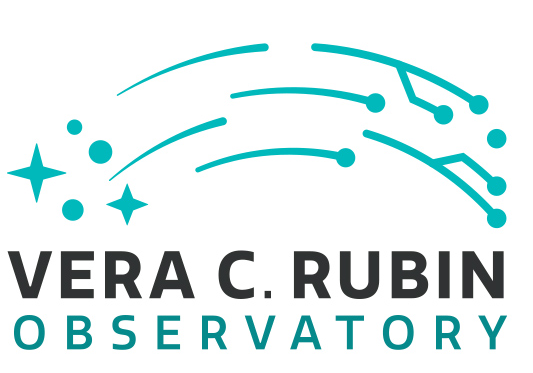Image credits, left to right: [1] Art: Measuring mistakes by Ulrike Kuchner. Lapel pin: CepheidStudio. [2] EROJ003707+0909.5, aka the space-invader. [3] Mapping dark matter with gravitational lensing. [4] Searching for gravitationally lensed gravitational waves.
Research: exploring physics with big telescopes
I use gravitational lensing as a tool to explore big questions about how the universe works, including the nature of dark matter and dark energy, and the formation of compact objects and galaxies through cosmic time. I currently focus on multi-messenger gravitational lensing, including electromagnetic counterparts to gravitationally lensed gravitational waves and preparing for exciting discoveries with Rubin's Legacy Survey of Space and Time.
Previously, as a Royal Society University Research Fellow, I created and led the Local Cluster Substructure Survey (LoCuSS), a collaboration of 30 colleagues from a dozen countries. We used gravitational lensing to calibrate galaxy clusters as a cosmological probe and constrained the physics of galaxy transformation in clusters. Our unique dataset included data from Chandra, XMM-Newton, GALEX, HST, Keck, Subaru, Gemini, UKIRT, Spitzer, Herschel, and CARMA. Many of our key results were led by students and postdocs.
As a Postdoc at Caltech I lead the first measurement of the galaxy morphology-density relation at high redshift, and pioneered gravitational lensing as a tool for measuring the relationships between the mass of galaxy clusters and their observable properties. Today these relationships are central to using galaxy clusters to explore dark energy, and were a major focus within LoCuSS. I received the Royal Astronomical Society's Fowler Award for this work in 2007. While I was a postdoc my observing experience grew to include the Keck, Hale, and Magellan telescopes.
As a PhD student at Durham University I was among the first to use radial arcs to explore the nature of dark matter, and combined near-infrared observations with gravitational lensing to test theories of galaxy formation. I also discovered the gravitationally lensed galaxy that was later re-christened the space invader. During my PhD I used data from the Hubble Space Telescope (HST), and observed with UKIRT, CFHT, WHT and the AAT.
I acknowledge funding in recent years from The Royal Society, the Leverhulme Trust, the Science and Technology Facilities Council, and the Royal Astronomical Society.



